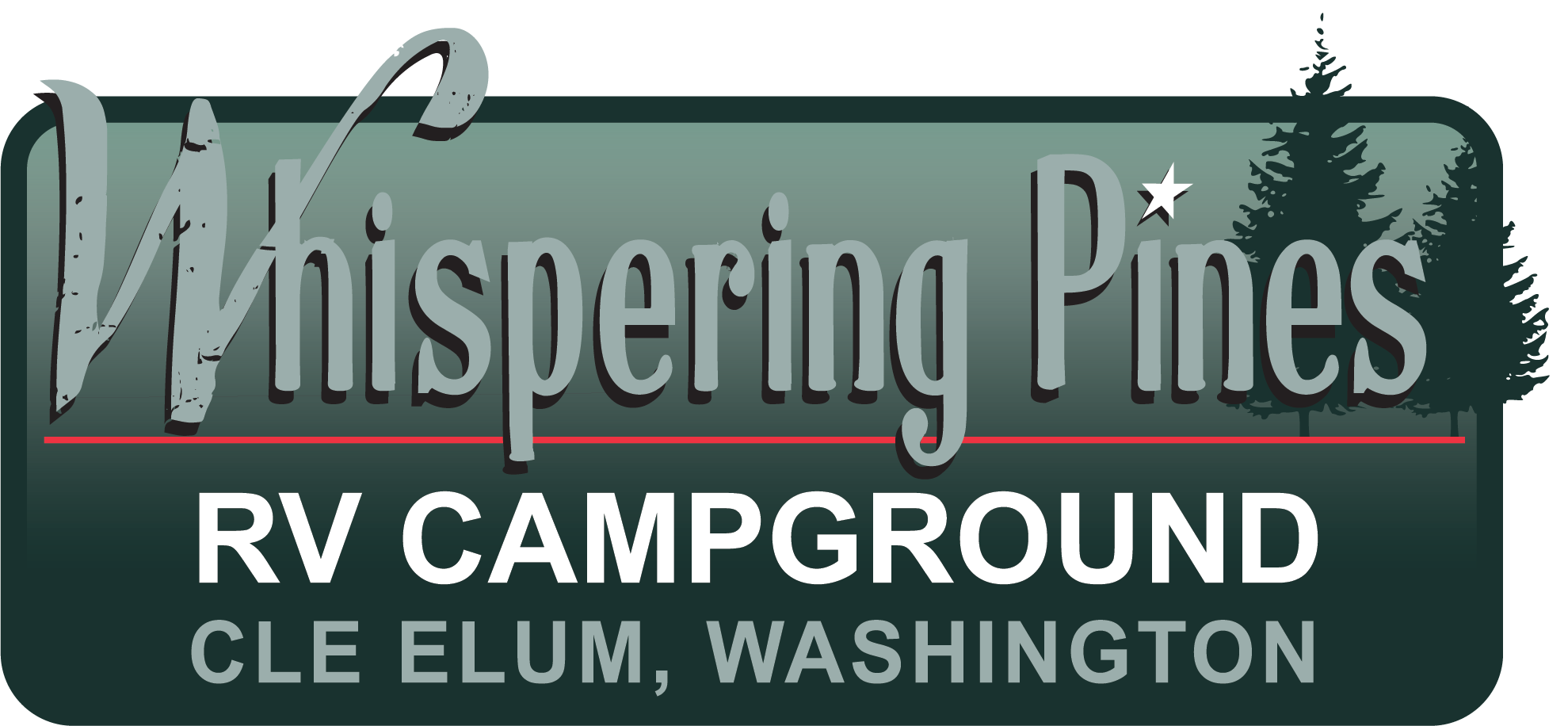More Than Winterizing: Your Essential Off-Season RV Maintenance Checklist
- Kandy James
- Sep 17
- 3 min read
The final camping trip of the season is officially crossed off the calendar. As the crisp autumn air settles in here at Whispering Pines, your RV is likely getting a well-deserved rest. Before you prep it for its long winter nap, however, there’s a golden window of opportunity for tasks that often get overlooked during the busy travel months.
We’re not talking about winterizing just yet—that crucial process is a topic for a little later in the off-season. Instead, we're focusing on the vital inspections, cleanings, and preventative care that protect your investment from the top down. This is the work that ensures a smooth start next spring, rather than a season that begins with frustrating and costly repairs.
To help you get started, we’ve created this essential checklist covering the most important areas of off-season RV maintenance:
1. The Roof & Seal Inspection: Your First Line of Defense

Water is an RV's worst enemy. The off-season is the perfect time to get on the roof (safely!) and perform a thorough inspection.
What to do: Carefully examine all the seams and sealant on your roof. Check around every vent, skylight, antenna, and along the roof edges.
What to look for: Look for any cracks, gaps, peeling, or areas where the sealant looks brittle and dried out. Even a pinhole-sized crack can let in a surprising amount of water over a rainy Washington winter.
The fix: If you find a problem area, clean it thoroughly and apply the appropriate RV lap sealant. A little tube of sealant now can save you from thousands of dollars in water damage repairs later.
2. Tire & Wheel TLC

Your RV's tires hold a lot of responsibility, and letting them sit for months without care can cause serious degradation.
What to do: Give each tire a detailed inspection, looking for cracks on the sidewalls or uneven wear in the tread. Clean the tires and wheels thoroughly to remove dirt and brake dust.
Inflate and Protect: Inflate the tires to the maximum cold pressure recommended by the manufacturer (you can find this on the tire sidewall). This helps prevent flat spots from developing. If possible, cover your tires to protect them from damaging UV rays, which can cause them to break down even when not in use.
3. Battery Preservation

A common frustration in the spring is discovering your RV's house batteries are completely dead. You can prevent this with a few simple steps.
What to do: Disconnect the battery terminals (always remove the negative cable first). Clean any corrosion from the posts and cables using a wire brush and a simple paste. A good ratio is 1 part water to 3 parts baking soda (H2O:NaHCO3=1:3).
Store it Right: If possible, remove the fully charged batteries and store them in a cool, dry place off the concrete floor, like a garage shelf. Connect them to a smart battery tender or trickle charger, which will maintain their charge all winter without overcharging them. This single step can dramatically extend the life of your expensive batteries.
4. Appliance Deep Clean & Inspection

Now is the time to give your hardworking appliances the attention they deserve.
What to do:
Refrigerator: Remove all food, turn it off, and give it a deep clean. Leave the doors propped open to allow air circulation and prevent mildew.
Water Heater: With the water heater turned off and cool, drain the tank by removing the anode rod. This will flush out sediment that can cause corrosion. Check the anode rod itself—if it's more than 75% corroded, it's time for a new one.
Furnace & A/C: Clean or replace your A/C filters. Inspect your furnace exhaust port from the outside to ensure it’s clear of any insect nests or debris.
5. Proactive Pest Prevention

A quiet, parked RV looks like a 5-star resort to mice and other pests seeking shelter from the cold.
What to do: The most important step is to remove every last crumb of food. This includes canned goods, spices, and anything in a box. Also, remove paper towels, toilet paper, and anything else that could be used as nesting material.
Seal it Up: Do a walk-around of your RV's exterior and seal any small gaps or holes where pests could enter. Pay close attention to areas where plumbing and wiring enter the coach. A little steel wool stuffed into a hole is a great deterrent.
By dedicating a weekend to this checklist now, you’re not just doing RV maintenance; you’re ensuring that when the first warm day of spring arrives, you can focus on planning your next adventure, not troubleshooting unexpected repairs.


Comments